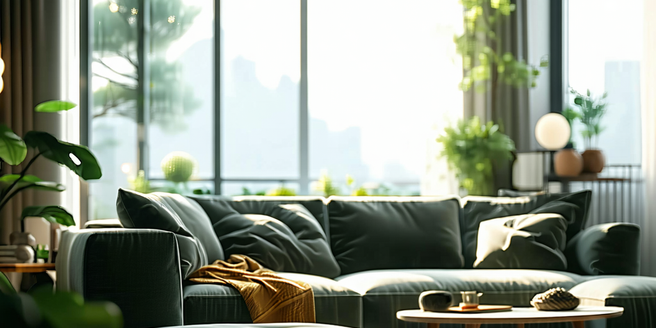Budgeted Home Design

Understanding Your Budget Limits
Creating a home design that fits your budget requires clear understanding of your financial limits. Prioritize expenses by distinguishing between wants and needs. Start by listing essential features, such as structural elements and durable materials, before considering aesthetic upgrades. It is crucial to analyze every aspect of your design to avoid unnecessary expenses. Always account for a contingency fund to handle unexpected costs. A realistic budget will guide decision-making, preventing costly mistakes. It is also helpful to seek advice from financial experts to optimize your spending. By understanding the constraints, you can focus on optimizing available resources, ensuring functionality without overspending. Remember, a well-planned budget allows for both cost-effective solutions and creative expression.
Choosing Cost-Effective Materials
Selecting the right materials is crucial for budgeted home design. Research and compare different options for durability, aesthetics, and price. Consider using alternative materials that offer similar visual appeal at a fraction of the cost. Take advantage of sales or seasonal discounts to further maximize your budget. Salvaged or recycled materials can provide unique charm and sustainability benefits. Explore locally sourced materials to avoid high shipping fees. Incorporate these strategies into your planning process to achieve the best results. By investing time in choosing wisely, you can ensure long-lasting quality while respecting budget limits. Balance cost with performance by prioritizing materials that meet mid to high-grade standards, ensuring they align with your design vision.
Maximizing Space with Smart Layouts
When designing on a budget, efficient use of space is essential. Opt for open floor plans that create an illusion of larger areas without the need for additional square footage. Consider incorporating natural light through larger windows or skylights, which can make spaces feel more open and inviting. Adding mirrors strategically can also amplify light and give the illusion of more space. Integrate multifunctional furniture, such as sofa beds or expandable tables, to save space and cost. Utilize vertical space with shelving or built-in storage to enhance organization and aesthetics. Thoughtful layout planning can prevent the need for structural changes, significantly reducing expenses. Smart design solutions ensure each room serves multiple purposes, maximizing functionality and fostering a comfortable living environment within budget constraints.
Incorporating DIY Elements
Adding DIY elements to your home design can drastically cut down costs while personalizing your space. Focus on projects that require minimal technical skills, such as painting, assembling furniture, or crafting decor items. Online tutorials provide guidance for creating custom pieces at home, from light fixtures to wall art. For those short on time, weekend workshops can be a great option to learn quick and easy techniques. By repurposing old furniture or thrift store finds, you can achieve a unique look without a hefty price tag. DIY projects encourage a hands-on approach, allowing you to infuse personal style into your home affordably. This approach also offers a sense of accomplishment and connection to the space.
Sustainable Design on a Budget
Achieving sustainable design doesn’t have to break the bank. Start by investing in energy-efficient appliances and LED lighting to reduce long-term costs. Consider low-flow fixtures to save on water bills. Use eco-friendly paints and finishes to ensure healthy indoor air quality. Look for sustainable materials like bamboo or cork flooring, which are often less expensive than traditional options. Research shows that the use of sustainable materials can greatly enhance the durability and aesthetics of your living space. Implement passive solar design by maximizing natural light to decrease reliance on artificial lighting. By setting clear priorities, you can create a sustainable home that is both environmentally conscious and budget-friendly, paving the way for a healthier future.